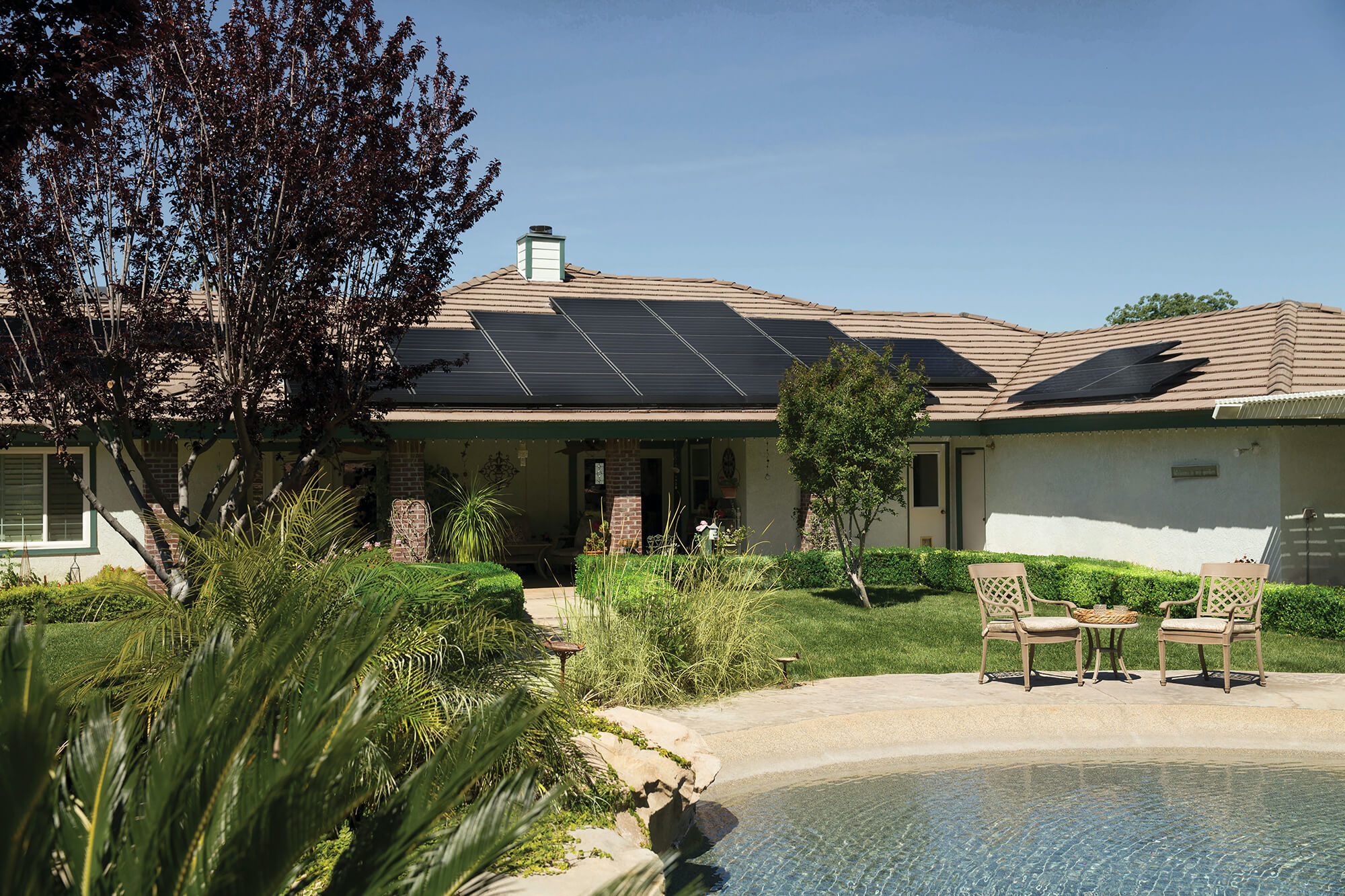Discover what green energy is all about and how it could impact Australia's sustainable future. From solar power to wind energy, learn how these renewable sources could benefit you and the environment.

Curious about green energy? Let's break it down.
Green energy refers to energy harnessed from natural resources that replenish themselves. With the global push towards reducing reliance on finite fossil fuels like oil, coal, and gas, green energy solutions are gaining traction.
In Australia, the electricity sector fuelled by fossil fuels stands as our nation’s biggest polluter, responsible for 32.6% of emissions according to the June 2023 update of the National Greenhouse Gas Inventory1. Fortunately, Australia boasts an abundance of sources2 for renewable energy production and utilisation.
Here are some common methods of producing green energy:
Solar power
Solar panels capture energy from the sun, making it one of the most accessible forms of renewable energy in Australia. Solar systems are continuing to gain increasing popularity in Australia, according to the 2024 Clean Energy Australia Report 337,498 solar systems were installed across Australia in 2023, up from 315,499 in 20223; and approximately 3.7 million Australian households now have rooftop solar systems installed3.
Not only is this good for the environment, but it’s also proving to be good for household pockets. According to the International Energy Agency, solar, in the right circumstances, has become the cheapest source of electricity in history4. By harnessing solar power, households can save an average of $600 annually on electricity bills, according to Energy NSW5.
To join the solar revolution, homeowners can contact solar installers to fit panels on their roofs. By storing excess energy in home batteries, households can power their homes even when the sun isn't shining. Additionally, some electricity providers buy surplus power from solar-equipped homes (also known as a feed-in tariff6), further reducing bills and adding value to properties11.
Wind power
Harnessing wind energy accounts for almost 6% of global electricity demand, with expectations of further growth, including in Australia7. Wind turbines convert wind energy into electricity, and are often located on hilltops or near oceans. Variations include offshore turbines and innovative airborne wind technology.
To maintain a consistent electricity supply, researchers explore pairing wind farms with solar farms and energy storage solutions like batteries.
Hydropower
Hydropower converts the energy from moving water into electricity through technologies like hydroelectricity and Pumped Hydro Energy Storage (PHES). Tasmania, for instance, relies on hydropower for about 80% of its electrical energy8.
Geothermal power
Geothermal energy utilises heat from deep within the Earth for electricity generation, heating, and other applications. While Australia has significant geothermal potential, financial viability, identifying suitable geothermal resources, and producing it at the rate needed remain key challenges in operationalising it in Australia9.
Bioenergy
Bioenergy converts biomass into heat, electricity, biogas, and liquid fuels. Biomass can include organic matter from forestry, agriculture, or waste streams. This process contributes to emissions reduction, waste disposal, and support for rural economies.
According to the Department of Agriculture, Fisheries and Forestry, Australia has the potential to expand its bioenergy sector in the future to increase the use of wood residues from forest operations for electricity and heat generation and transport biofuel production10.
While transitioning to a majority use of green energy will undoubtedly take some time, it's an inevitable step towards a cleaner, greener future for all.
